Curiosity rover accidentally cracked open a rock on Mars. The crack revealed yellowish-green crystals of pure sulfur. Scientists consider this the strangest find of the entire mission.
The discovery was unexpected and largely due to luck.
Did you know? Curiosity has been exploring Mars since 2012 and has traveled over 29 kilometers.
Gediz Vallis Channel: Ancient Martian Waterway
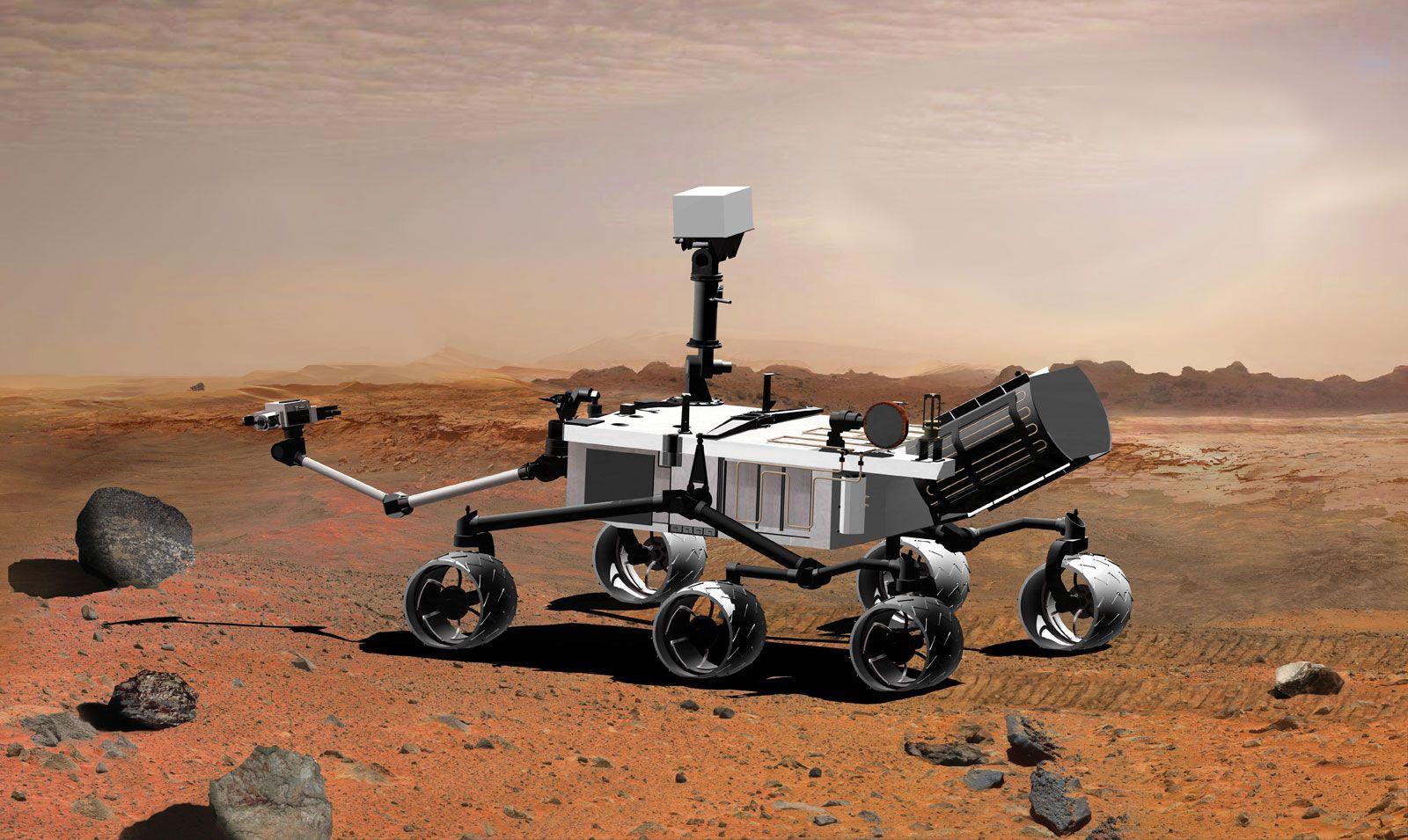
The Gediz Vallis channel formed 3 billion years ago. Water and debris carved this winding groove into Mount Sharp. Curiosity has been climbing Mount Sharp since 2014.
The channel provides insights into Mars’ watery past.
Historical fact: The first clear evidence of ancient water on Mars was discovered by the Mars Exploration Rover Opportunity in 2004.
Sulfur Discovery Challenges Previous Findings
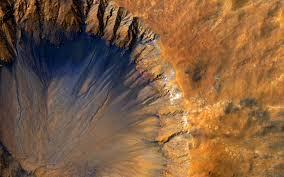
Scientists had previously found sulfates on Mars. These sulfates were typically calcium sulfate, or gypsum. Pure sulfur was not expected or predicted.
This discovery opens new questions about Mars’ geological history.
Stat: Sulfur makes up about 0.05% of Mars’ crust, compared to 0.042% of Earth’s crust.
Accidental Discovery Highlights Exploration Challenges
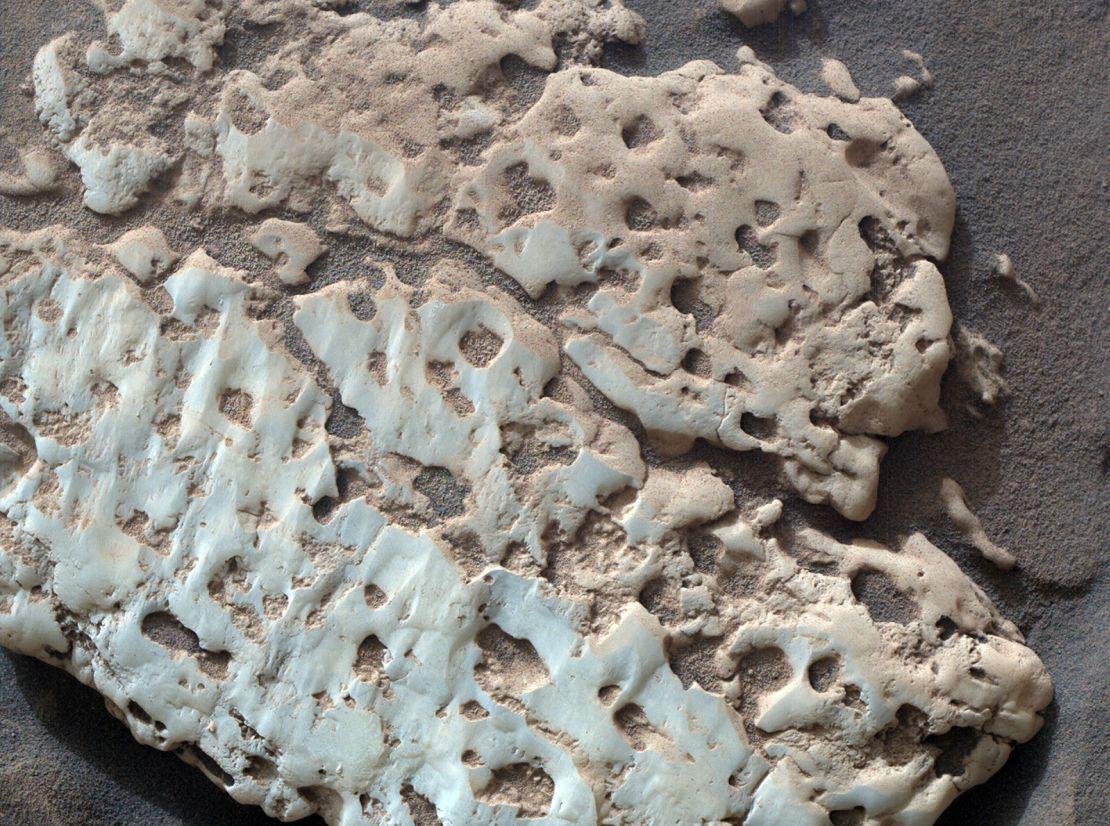
Curiosity’s wheel crushed a rock, revealing the sulfur. The team spotted the crushed rock in a mosaic image.
This discovery emphasizes the role of chance in planetary exploration. It also showcases the importance of thorough image analysis.
Sulfur Formation Theories Under Investigation
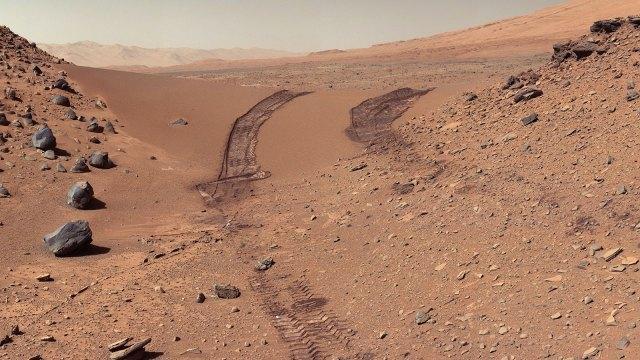
Pure sulfur on Earth forms under specific conditions. These conditions include volcanic processes and hot springs. Scientists are now investigating how sulfur formed on Mars.
The discovery could provide new insights into Mars’ geological activity.
Did you know? The largest known sulfur deposit on Earth is in Frasassi Caves, Italy, covering about 200,000 square meters.
Mineral-Rich Rock “Mammoth Lakes” Analyzed
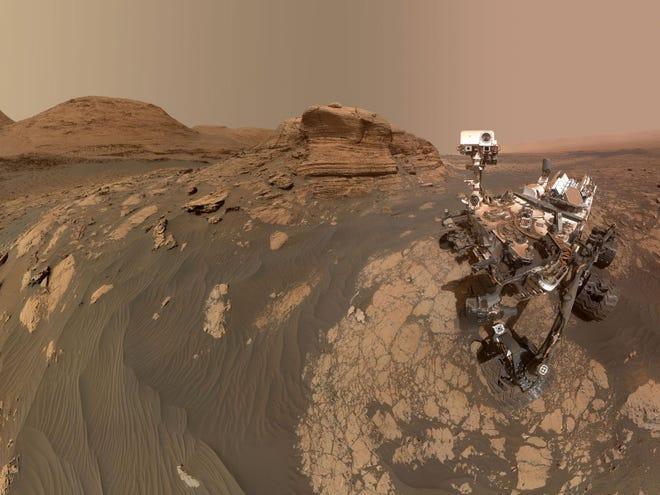
Curiosity sampled a large rock nicknamed “Mammoth Lakes.” This rock contained a wide variety of minerals.
It provided the most diverse mineral sample of the entire mission. The analysis helps scientists understand the environment that formed the sulfur.
Mount Sharp: A Timeline of Mars
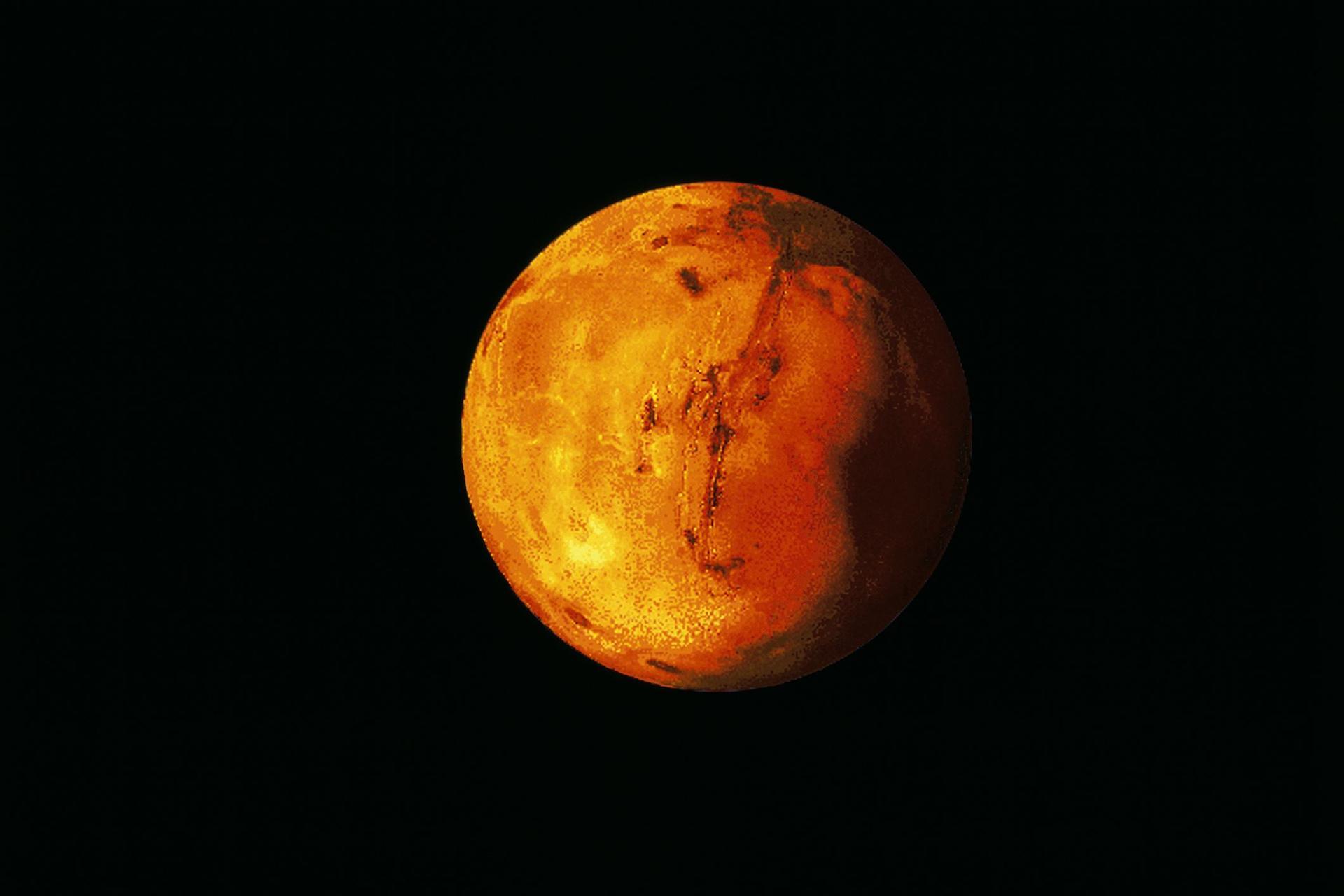
Mount Sharp rises about 5.5 km above the floor of Gale Crater. Mount Sharp contains layers of Martian history. Each layer represents different periods of Mars’ past.
Curiosity has climbed 2,600 feet up Mount Sharp. The rover’s journey provides a chronological view of Mars’ changing environment.
Gediz Vallis: Evidence of Violent Events
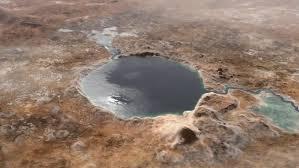
The Gediz Vallis channel shows signs of violent water flows. It also contains evidence of dry avalanches.
These events created a 2-mile ridge of boulders and sediment. The channel’s formation was not a quiet period on Mars.
Curiosity’s Ongoing Mission and Challenges
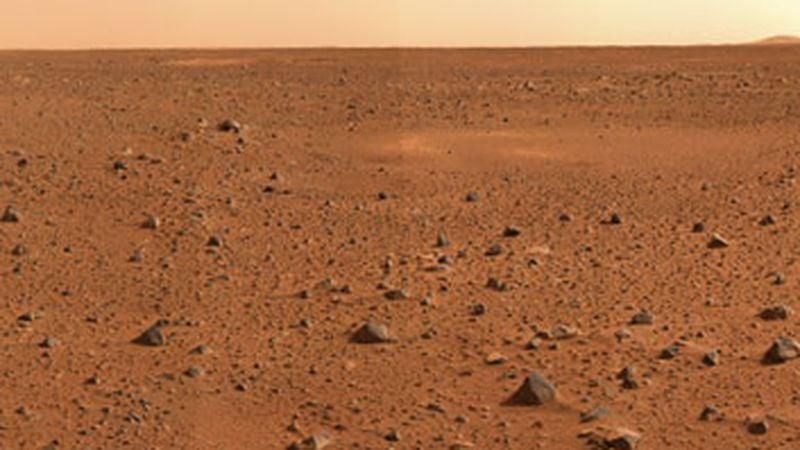
Did you know? Curiosity’s wheels are made of aluminum and each is 50 cm in diameter. Curiosity has been operating on Mars for 12 years. The rover has faced challenges like wheel issues and mechanical problems.
Despite these challenges, it remains in good health. The team continues to make the most of Curiosity’s capabilities.
Future Exploration Plans for Curiosity
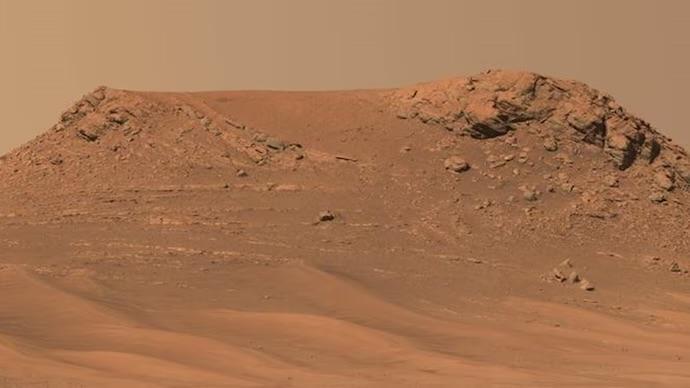
Curiosity will continue exploring the Gediz Vallis channel. After this, it will head west along Mount Sharp.
The team aims to investigate more intriguing geological features. Curiosity’s mission continues to uncover new aspects of Mars’ history.

